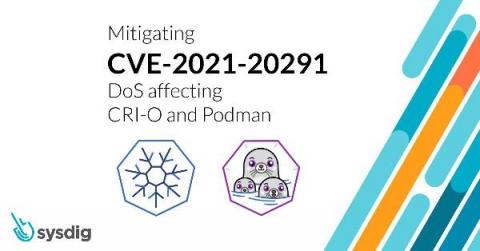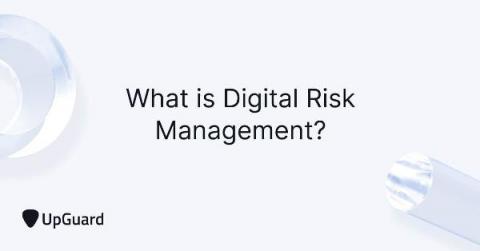Considerations for performing IoMT Risk Assessments
Internet of Medical Things (IoMT) products refer to a combination of medical applications and devices connected to healthcare information technology systems through an online computer network or a wireless network. IoMT devices rely heavily on biosensors, critical in detecting an individual's tissue, respiratory, and blood characteristics. Non-bio sensors are also used to measure other patient characteristics such as heart and muscle electrical activity, motion, and body temperature.










